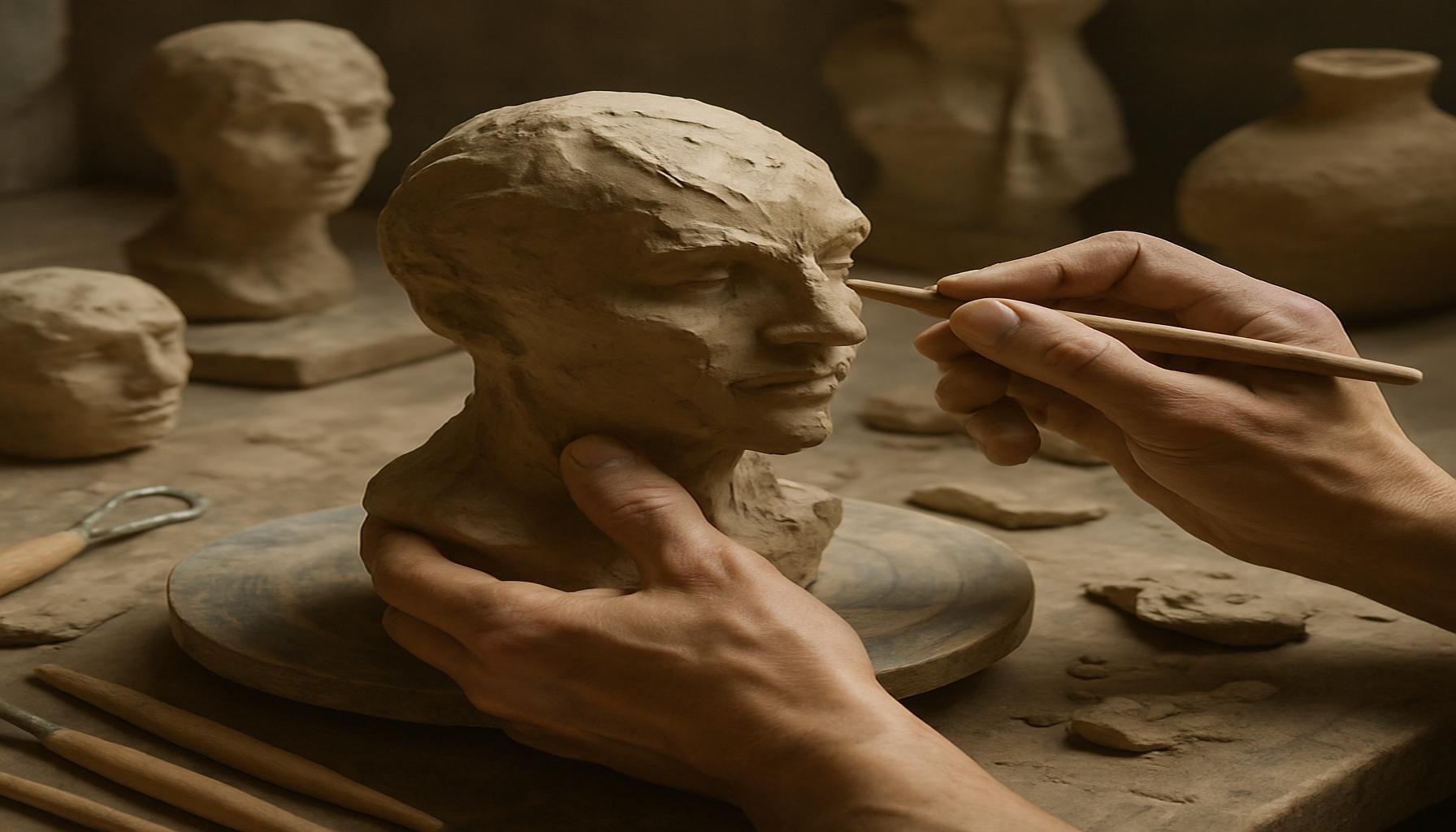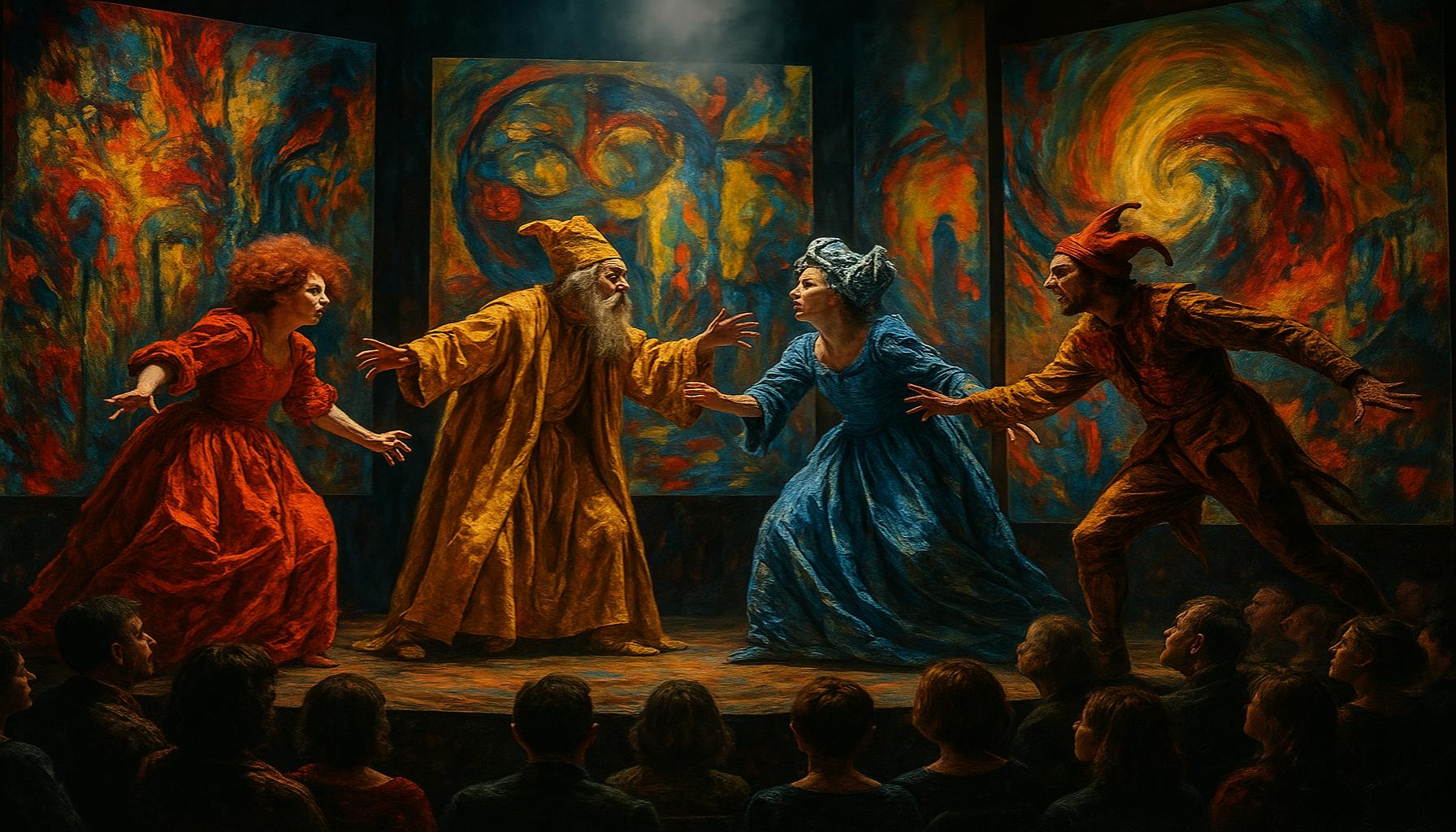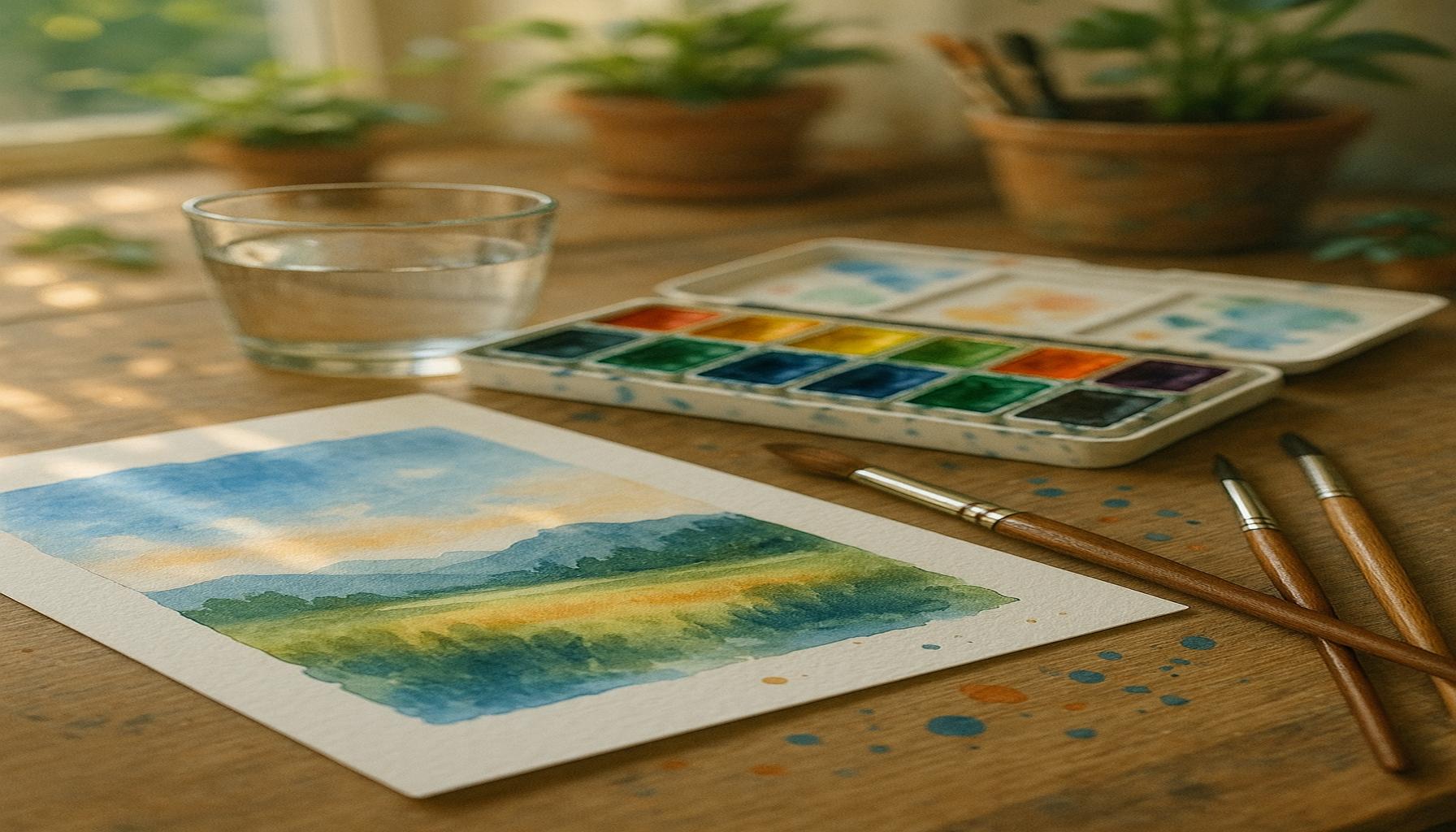The Symphony of Colors: Exploring the Interaction between Painting and Music in Artistic Creation
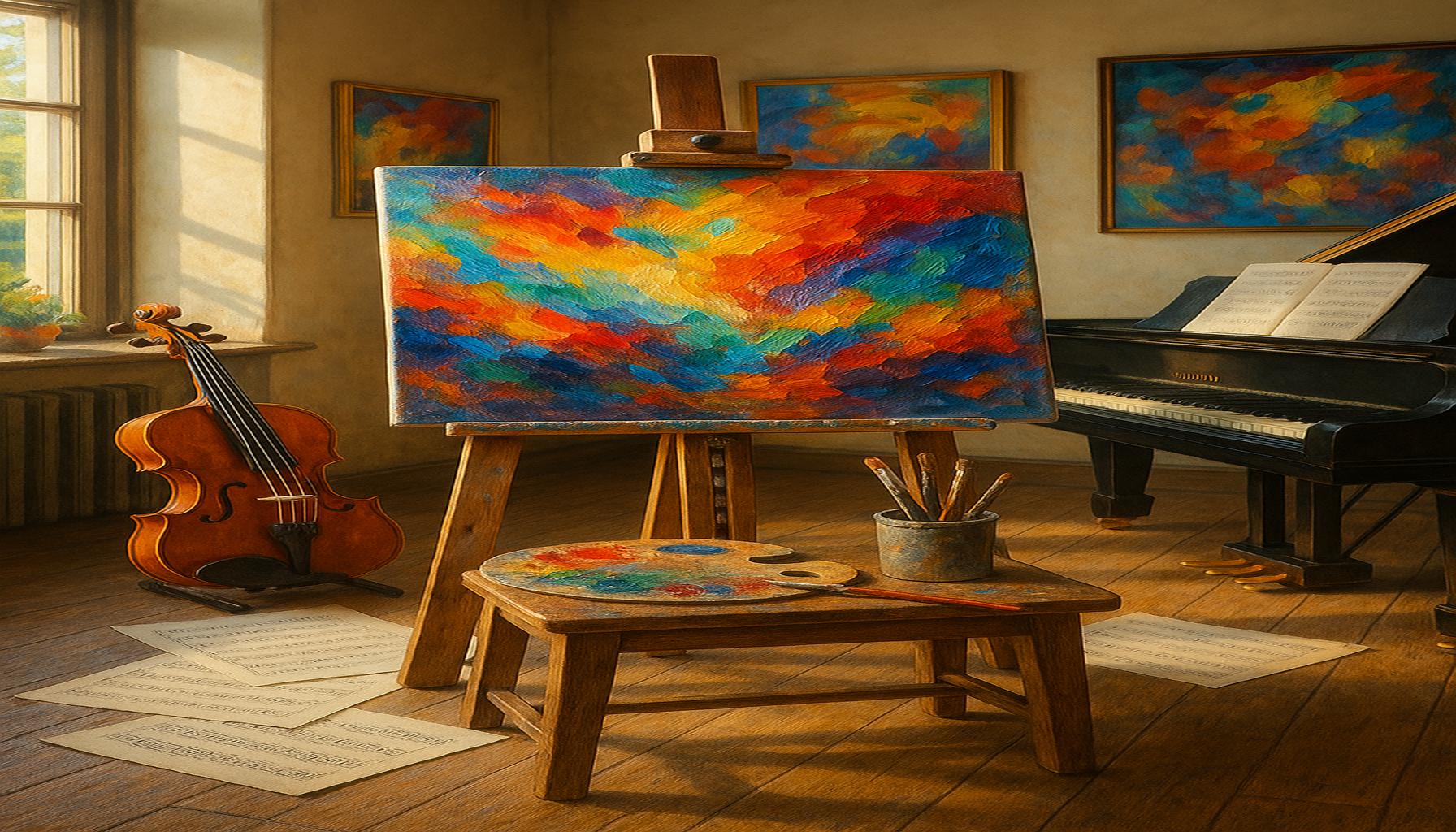
Artistic Interplay of Sound and Color
The intricate ties between painting and music have fascinated artists and audiences throughout history. This connection goes beyond mere aesthetics, delving into the emotional and sensory realms where these two forms of art coalesce. Each stroke of a brush can mimic the pulse of a musical note, while melodies can conjure the colors and textures of visual art. The beauty of this relationship lies in its ability to communicate experiences that transcend language and cultural boundaries.
Emotional Resonance
Both mediums possess the unique ability to evoke profound feelings in individuals. A vibrant painting can encapsulate joy, while a somber piece may elicit feelings of sadness or contemplation, much like a musical composition can lead one through a journey of emotions. For example, the haunting melodies of a piece by Philip Glass can stir nostalgic feelings in a listener, similar to the way Edward Munch’s The Scream visually expresses existential anxiety. This emotional resonance underscores the universality of both forms of art, where the viewer or listener often finds personal meaning embedded in the work.
Color and Sound
The phenomenon of synesthesia, where one sensory experience involuntarily triggers another, further illustrates the connection between painting and music. For instance, studies have shown that certain individuals might associate specific musical notes with distinct colors. Imagine a particular musical phrase that resonates deeply; to some, it could appear as a swirl of bright yellows and deep blues. This correlation illustrates how the essence of sound can inspire visual representation, enhancing the viewer’s experience and interpretation of art.
Creative Process
Musicians and painters often collaborate or find inspiration from each other’s work, enriching both disciplines. Renowned artist Wassily Kandinsky, a pioneer of abstract art, believed in a symphonic relationship between color and sound, proposing that colors could produce feelings akin to musical notes. Similarly, Pablo Picasso frequently listened to jazz while working, allowing the rhythm and improvisation of the music to influence his creative process. This relationship is not solely historical; contemporary artists continue to explore this dialogue, transcending traditional boundaries.
Influential Figures
Several notable figures have illuminated the profound synergy between these art forms. For instance, Claude Debussy’s impressionistic compositions often evoke vivid imagery that parallels famous landscapes painted by artists such as Claude Monet. Both artists captured the essence of transient moments, whether through brush or melody. Furthermore, modern installations often blend visual art and music to create immersive experiences, as seen in exhibitions at institutions like New York’s Museum of Modern Art, where the auditory component is integral to the visual narrative.
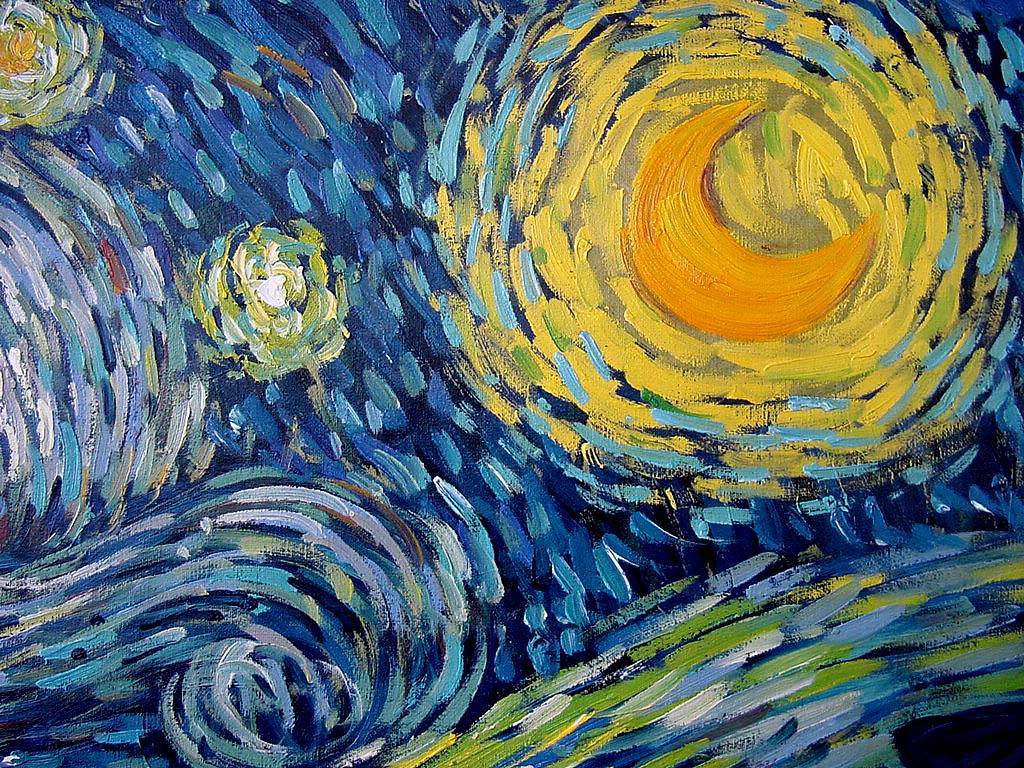
This compelling intersection between painting and music continues to inspire both artists and audiences alike, revealing how they shape cultural narratives and personal expression. As we explore this dynamic interplay, it becomes increasingly clear that the boundaries of artistic creation are not just blurred but beautifully intertwined, inviting us to deepen our understanding of creativity and experience in all its forms.
DISCOVER: Click here to dive deeper
Harmonizing Art Forms
The exploration of how painting and music interact is not merely a study of artistic techniques, but a journey into the essence of creativity itself. As both mediums intersect, they reveal the complexities of human emotion, experience, and expression. This harmonious connection offers a unique lens through which we can understand the intrinsic relationships between visual and auditory stimuli.
Historical Context
Throughout history, artists have often drawn inspiration from musical compositions, while composers have sought visual parallels in their creations. This interplay isn’t a novelty but has been documented as far back as the Renaissance. For example, Johann Sebastian Bach, a master of the Baroque era, created music that was rich in structure while often invoking imagery in his audience’s minds. Meanwhile, Vincent van Gogh used his vivid color palette to express emotions, akin to tones in music. The writings of these artists highlight how closely intertwined their visions can be.
In this historical exploration, some notable pairs include:
- Wassily Kandinsky: His abstract art is often seen as a response to the rhythms of music, where colors combine to create visual symphonies.
- Clyde Otis: The renowned music producer often integrated visual art aesthetics in musical performances, creating a multi-sensory experience for audiences.
- Henri Matisse: Often inspired by music and its emotive power, Matisse’s vibrant canvases resonate with the essence of sound.
The Scientific Perspective
Delving into the scientific underpinnings further elucidates this relationship. Research in the realm of neuroscience has revealed that our brains process sounds and colors in similar ways. For instance, studies show that engaging with music can activate the same areas of the brain responsible for visual processing. This connection suggests that the experience of sound and color can enrich each other, enabling individuals to explore new dimensions of artistic expression.
Modern Interpretations
In contemporary art, the fusion of painting and music continues to evolve. Innovative projects, like those found in multimedia installations, challenge conventional boundaries, resulting in breathtaking experiences that captivate the senses. Artists like James Turrell exhibit works where light serves as a canvas, while simultaneously being accompanied by curated soundscapes that heighten the audience’s perception. This trend not only showcases the sensory interplay between mediums but also invites audiences to engage in a dialogue between sight and sound.
As we unravel the rich tapestry of these interactions, it becomes evident that the realms of painting and music are steeped in a profound relationship that extends far beyond their individual domains. The exploration of this synergy not only enriches our appreciation of both art forms but also opens pathways for new creations that echo the beauty of this artistic dialogue.
The Symphony of Colors: Exploring the Interaction between Painting and Music in Artistic Creation
The rich interplay between painting and music extends beyond mere aesthetics; it reaches into emotions, audiences, and creative processes. Artists have long drawn inspiration from musical compositions, allowing sound to inform their use of color, form, and texture. This section delves into how these two profound art forms impact one another, reshaping the creative landscape for many artists worldwide.
Emotional Resonance
One of the most captivating aspects of this relationship is the emotional resonance found in both mediums. Just as a musical note can evoke a deep emotional response, so can a brushstroke on the canvas. Artists often live through their music while creating, using it as a backdrop that influences their color palette and technique.
The Influence of Rhythm
Moreover, the concept of rhythm plays an essential role in how painters approach their work. The cadence of music can dictate the flow of paint on the canvas. For instance, an artist may sync their brushstrokes to the tempo of a piece, creating visual interpretations of sound that resonate with the viewer.
Color Theory and Sound
Interestingly, color theory often parallels musical theory. Just like notes can be organized into scales, colors can be arranged in a spectrum. Artists engaging with both painting and music frequently explore overlapping themes of harmony and dissonance. The practice of translating sounds into colors leads to distinct creative expressions that can be both visually and aurally delightful.
Collaboration and Experimentation
The collaboration between musicians and painters has paved the way for groundbreaking artistic movements. From synesthetic experiences—where artists combine visual art and music into one performance—to multimedia installations, the blending of these forms has encouraged innovation and broadened perceptions of art itself. Notable artists, like Wassily Kandinsky, were known to use music as inspiration, further showcasing this dynamic connection.
| Advantage | Description |
|---|---|
| Emotional Connection | Merging colors and music enhances emotional depth in artwork. |
| Creative Innovation | Collaboration between painters and musicians results in unique artistic expressions. |
This exploration not only enriches the artistic experience but also opens avenues for new discussions around sensory perception and the role of artistic synthesis in both personal and shared creativity. The fusion of painting and music continues to challenge and inspire artists, leading to an evolving dialogue that resonates across multiple artistic disciplines.
DISCOVER MORE: Click here to unlock your writing potential
The Language of Color and Sound
As we delve deeper into the relationship between painting and music, it becomes apparent that both forms of art share a common language—one that transcends barriers and evokes emotions. This unique vocabulary is often expressed through color symbolism and musical intervals. For instance, artists have long associated specific colors with feelings or musical notes. The color red, often depicted as bold and passionate, can correlate with a vibrant, upbeat tempo in music, while blue may evoke a sense of calm reminiscent of slow, melancholic melodies.
Color Theory and Musical Scales
One fascinating aspect of this interplay lies within the realm of color theory. The use of colors in paintings and their counterparts in musical scales can create an emotional resonance that enhances the audience’s experience. Some contemporary artists even utilize color correspondence; a concept where colors are linked to specific sounds. The color wheel, a tool for understanding color relationships, can be matched with the chromatic scale in music, demonstrating how certain shades and tones can harmonize. For example, the fundamental tones of C, D, and E can be likened to the bright hues of yellow, orange, and pink, creating an inviting and lively composition in both art forms.
Interactive Experiences
The advancement of technology has given rise to interactive installations that fuse painting and music, allowing audiences to experience this synergy firsthand. Projects like TeamLab, a Tokyo-based art collective, create immersive digital environments where colors respond to music in real-time, shifting and evolving as sounds change. Such experiences invite viewers to explore the connection between visual elements and auditory sensations, prompting not only admiration but also participation. In the United States, such interactive exhibits have seen significant growth, with installations popping up in major cities like New York and Los Angeles, engaging a broader audience in this artistic dialogue.
Contemporary Collaborations
Furthermore, modern collaborations between musicians and visual artists are invigorating the cultural landscape. Events such as live painting performances paired with live orchestral music highlight the intimate relationship between these art forms. Artists like David Garibaldi perform dynamic paintings on stage while musicians play accompanying scores, sending ripples of energy throughout the audience. These experiences do not merely entertain; they serve as an avenue for exploration—encouraging listeners and viewers to interpret and immerse themselves in the synergy of colors and sounds.
Additionally, movements such as abstract expressionism in art and impressionistic music encourage spontaneity and emotion, blurring the lines between sound and sight. Artists like Jackson Pollock, known for his drip paintings, convey a sense of rhythm and movement similar to the fluidity found in compositions by Claude Debussy. The visceral nature of both mediums allows them to communicate an unspoken connection further, enriching the artistic tapestry that celebrates human experience.
The ongoing exploration of this vibrant intersection between painting and music is a testament to their enduring influence and intertwined histories. As they continue to evolve, the question arises: How will future generations interpret the symphony of colors and sounds in their artistic endeavors? The answer may reside in the very act of creation, where imagination and inspiration know no bounds.
DIVE DEEPER: Click here to discover more
Conclusion: The Harmonious Fusion of Visuals and Sound
In wrapping up our exploration of the intersection of painting and music, it becomes evident that these two artistic mediums do not merely coexist but rather engage in a profound dialogue that transcends the boundaries of sensory experience. The language of color and sound resonates deeply within us, triggering emotions and sparking creativity in ways that continue to evolve. Through the lens of color theory, we see how hues can evoke musical notes and establish a visceral connection that enriches both creators and audiences alike.
Moreover, the rise of interactive experiences has revolutionized our engagement with these art forms, where technology acts as a bridge connecting visual and auditory elements. Projects that allow real-time responses between music and color formations invite new dimensions of participation, forging a community of creators and spectators who collectively explore this relationship.
As contemporary collaborations between musicians and visual artists push the boundaries of artistic performance, we can only anticipate the innovative ways future generations will interpret and express the symphony of colors and sounds. Ultimately, this ongoing exploration will serve as a testament to the ingenuity of human creativity, reminding us that both painting and music offer a glimpse into the tapestry of our shared experiences—one where the beauty of expression lies in their harmonious fusion.
For anyone interested in the dynamic interplay between these two cultures, the invitation is clear: delve deeper into this vibrant synergy, and discover how the colors of the canvas can echo the rhythms of the score.

